Your cat isn’t just getting older—it’s entering a critical phase where dietary choices directly impact longevity, vitality, and disease prevention. At age 7, cats undergo metabolic shifts that demand immediate adjustments to their meals. Ignoring these changes risks obesity, kidney dysfunction, arthritis, and other age-related ailments. This isn’t speculation; it’s a biological reality. Cats are masters at hiding discomfort, but their nutritional needs don’t lie. By optimizing their diet now, you’re not just feeding them—you’re fortifying their defenses against aging. Let’s break down the non-negotiable food upgrades your senior cat requires.
1. Prioritize High-Quality, Easily Digestible Protein
Senior cats need more protein, not less—but quality is king. Muscle loss accelerates with age, and only premium animal-based proteins (chicken, turkey, fish) provide the essential amino acids to combat this. Avoid plant-based fillers like corn or soy, which are harder to digest and lack taurine, a nutrient critical for heart and eye health. Look for cat foods where protein is the first ingredient, and aim for formulas with at least 30% protein content. For cats with dental issues common in older age, switch to wet food or finely minced options to ensure they absorb every gram of this muscle-preserving nutrient.
2. Cut Calories—But Never Nutrients
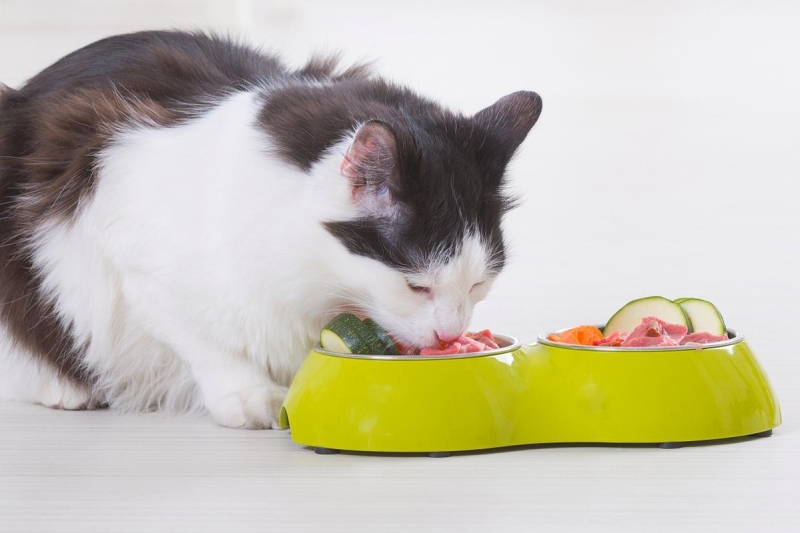
A 7-year-old cat’s activity level drops by up to 40%, yet most owners keep feeding kitten-level portions. Result? A obesity epidemic in senior cats, driving diabetes and joint stress. Reduce daily calories by 20-30%, but never compromise on nutrient density. Opt for senior-specific formulas that pack vitamins, minerals, and fiber into fewer calories. Key adjustments:
Fat intake: Maintain moderate levels (10-15% of diet) but focus on omega-3-rich sources like salmon oil to reduce inflammation.
Fiber boost: Add 1-2% psyllium husk or pureed pumpkin to meals—this combats constipation without bloat.
Hydration hack: Replace 25% of dry food with wet food to slash calorie intake while increasing water consumption.
3. Strategic Supplementation for Aging Bodies
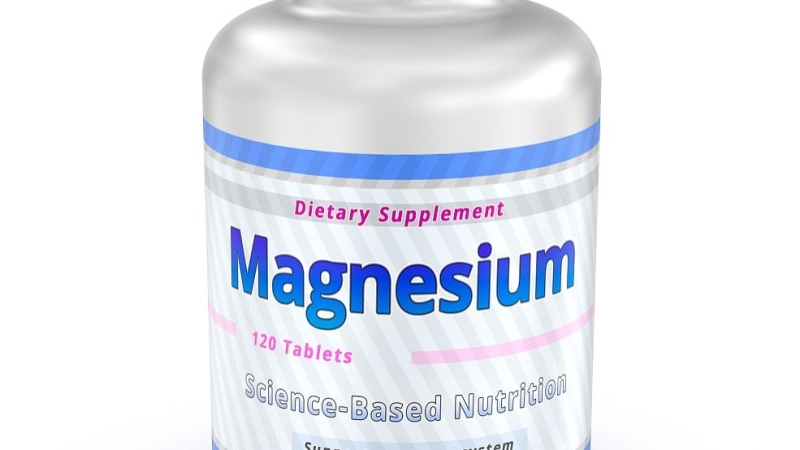
Even the best senior cat food can’t cover all bases. Targeted supplements address age-specific vulnerabilities:
Joint shields: Glucosamine and chondroitin (500mg daily) lubricate stiff joints; studies show they reduce arthritis pain by 60% in cats over 7.
Kidney support: Phosphorus binders become crucial if bloodwork indicates early kidney decline.
Antioxidant surge: Vitamins E (50 IU/day) and C (100mg/day) neutralize free radicals linked to cognitive decline.
Always consult your vet before adding supplements—overdosing risks toxicity.
4. Water: The Overlooked Lifesaver
Dehydration silently damages kidneys in 70% of senior cats. Older cats have a dulled thirst drive, so make water impossible to ignore:
Wet food transition: Aim for 75% wet food in their diet—it’s 70-80% water.
Running water stations: Cats drink 50% more from fountain-style bowls.
Broth boosts: Add sodium-free chicken broth (1 tbsp per meal) to kibble.
5. Ditch These 5 “Safe” Foods Immediately
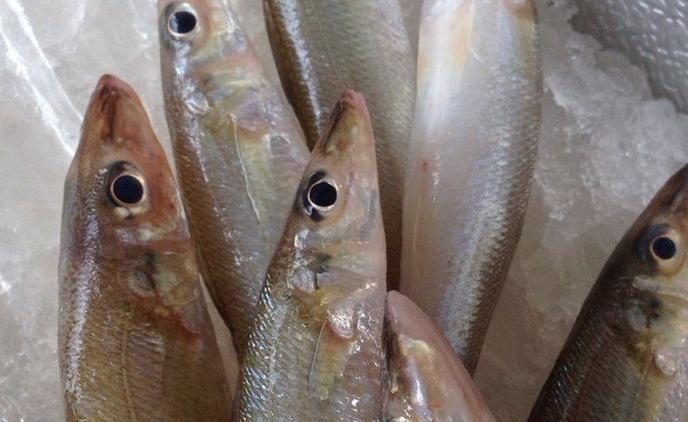
Some staples in adult cat diets turn hazardous post-7:
High-phosphorus fish (tuna, sardines): Accelerates kidney damage.
Raw liver: Vitamin A overdose risks bone fractures.
Dairy products: Lactose intolerance peaks in seniors, causing diarrhea.
Grain-heavy kibble: Spikes blood sugar, worsening diabetes risk.
Generic “senior” brands: Many still use fillers—scrutinize labels for AAFCO senior compliance.
6. Feeding Schedule Overhaul

Metabolic slowdown demands smarter meal timing:
Small, frequent meals: Serve 4-5 micro-meals daily to aid digestion and stabilize energy.
Post-meal play: Gentle 5-minute play sessions boost metabolism by 12%.
Weight checks: Weigh your cat every 2 weeks; even a 0.5-pound gain matters.
7. When to See a Vet: Red Flags
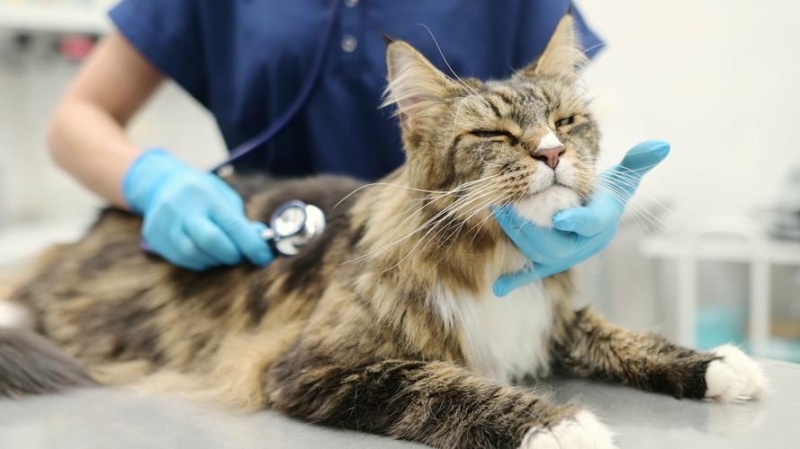
Diet alone can’t fix everything. Rush to the vet if you notice:
Sudden weight loss (≥10% body weight in a month)
Chronic vomiting or diarrhea (≥3 episodes weekly)
Water intake spikes (≥100ml/kg/day)
These signal diabetes, hyperthyroidism, or kidney disease—conditions requiring medical-grade diets.
Final Note: The 7-Year Reset
A cat’s 7th birthday isn’t just a milestone—it’s a dietary reset button. By pivoting to leaner proteins, smarter hydration, and precision supplementation, you’re not reacting to aging; you’re rewriting its rules. Start today: Your cat’s next 7 years depend on it.


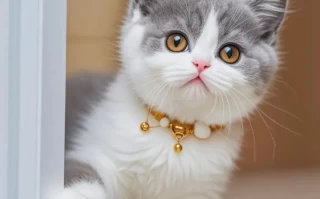
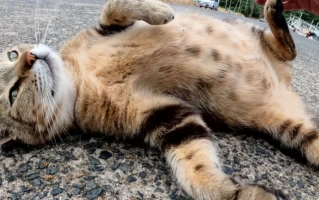
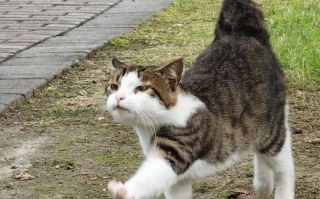
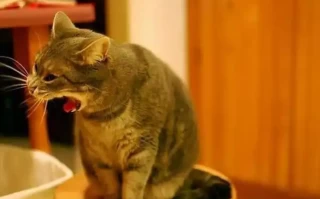
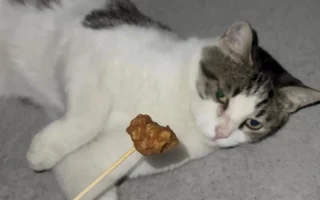
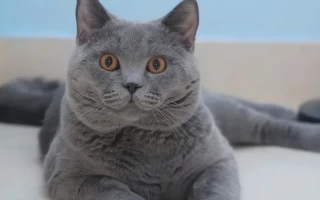
No comments yet, come on and post~